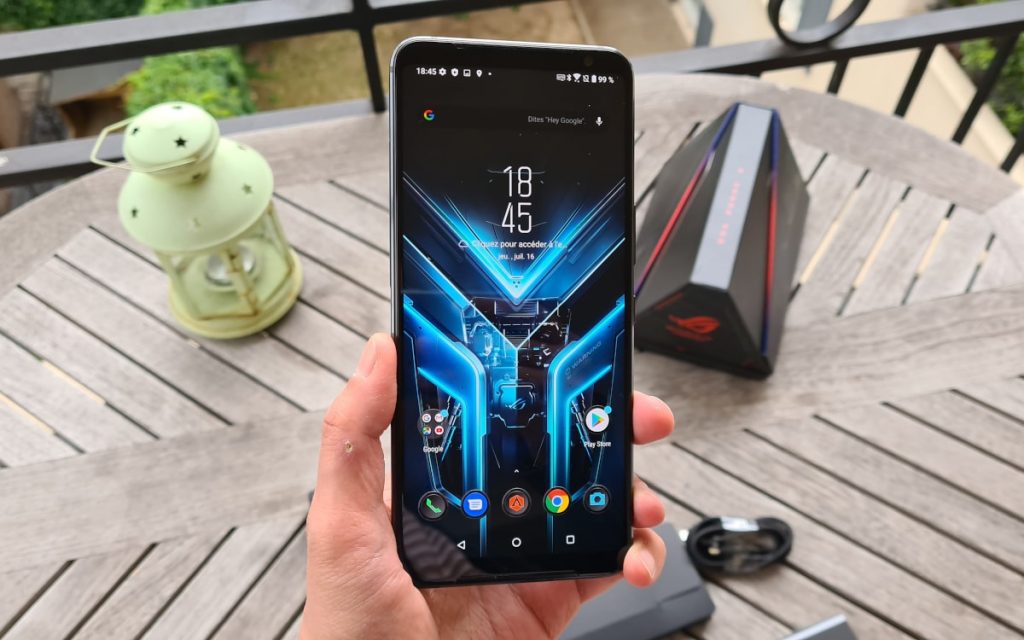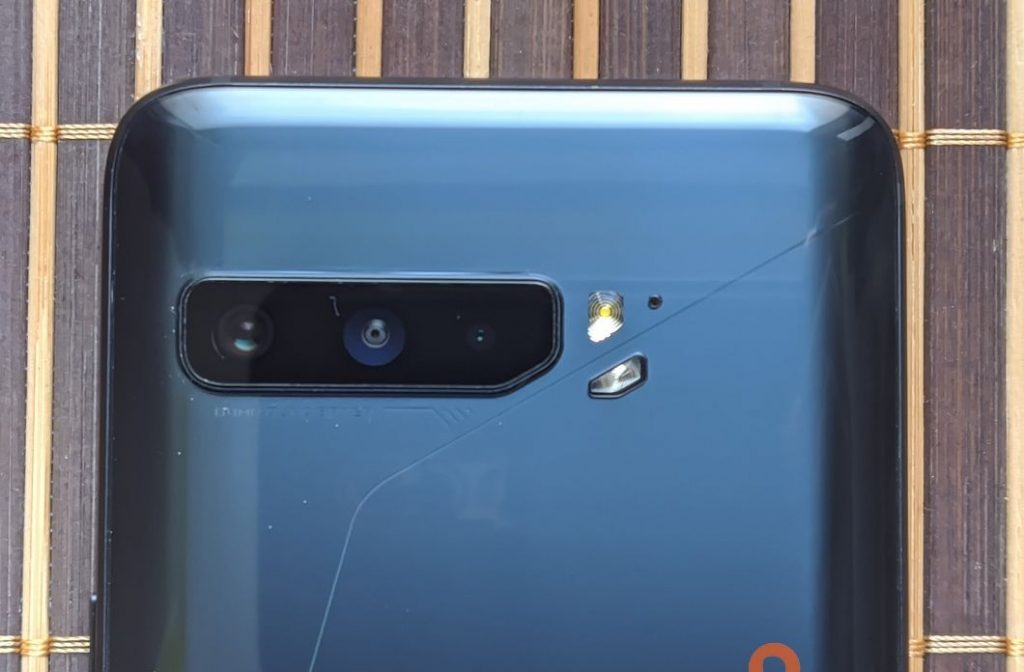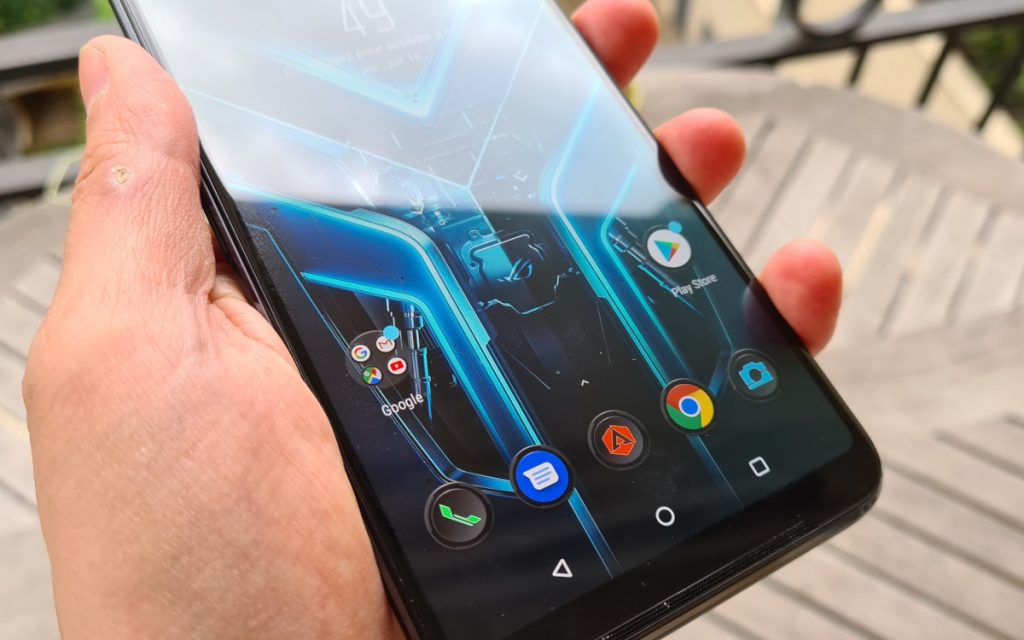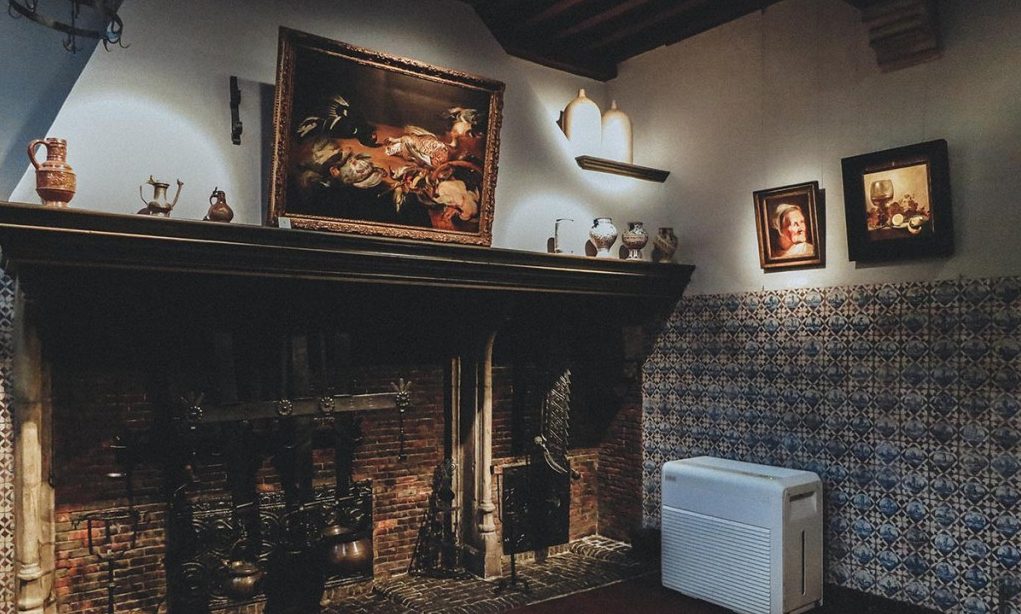Asus has figured out how to make a gaming phone that also excels as a regular smartphone. The ROG Phone 3 is one of the fastest phones on the market right now, and its killer battery life and simple interface make it a great device for anyone. Let’s review ASUS ROG Phone 3 with Toptechslife!
Contents
Design

- Same size & weight as the ROG II to ensure compatibility with accessories
- Less ‘gamer chic’ angles & lines for a cleaner, mainstream look
- Upgraded AirTrigger touch shoulder buttons
The Asus ROG 3 edges closer towards the look of mainstream phones with a mostly seamless back marked with more subtle accents than its predecessor, bringing the phone closer to the sleek (though not necessarily black) rectangle look the industry has settled on. The sharp-angled cutouts of its predecessors have been reduced to a spare few lines running across the ROG 3’s back.
Of course, mainstream phones don’t have a window cutout on the back, revealing the heat sink that runs nearly half the length of the phone, which is six times larger than the window on the ROG 2 – this is the ‘supercar’ look, as Asus executives explained to media, and while there’s an RGB ROG logo in the center of the phone’s rear, aside from the small rear camera strip it’s as smooth as any other flagship.
If you want that sweet angular ‘gamer chic’ look, the official ROG 3 Lighting Armor cases provide it, with cutouts for the AirTriggers and ports, along with a neat RGB lighting effect that spans nearly the whole rear cover.
Cameras
Gaming smartphones are known for cutting corners in the camera department, however, the ASUS ROG Phone 3 comes with serious upgrades over its predecessors. I was pleasantly surprised by its imaging prowess. Let’s get the specs out of the way first. The ROG Phone 3 comes with the 64-megapixel Sony IMX686 primary sensor backed by a 13-megapixel ultra-wide camera and 5-megapixel macro lens. In the front, the ROG Phone 3 features a 24-megapixel selfie camera.

During the day, the camera setup captures crisp and detailed images, which are commendable. I did notice a slight oversaturation in the images as well as slightly awry dynamic range. Setting the HDR toggle from Auto to always on improves the dynamic range to some extent. There is a 64-megapixel mode as well, which captures more details but is not so evident to the naked eye on the display. The low-light images taken using both standard and night mode have hazy details, but the latter helps in improved exposure.
Screen
When it comes to video games, the display is very important. It is he who brings what the designers have come to life. We have therefore observed this display from every angle. Like the one on the ROG Phone 2, the ROG Phone 3‘s screen measures 6.59 inches. The backlight is AMOLED. The definition remains Full HD + (1080 x 2340) and the resolution is 391 pixels per inch. This is still enough to play. On the other hand, it sometimes lacks that little “ultra-precise” side of a QHD + screen, like that of the Galaxy S20. The choice of Full HD + is however very wise: the images are smoother and the battery life is better.

Conversely, Asus prefers to improve the cooling of the panel. What was then seen as a power-hungry gadget became standard at the high end. Many phones offer a 90 Hz or 120 Hz screen, especially at the top of the range. A year later, Asus is trying to set a new standard with a refresh rate of 144Hz. Of course, you don’t have to go down that road. The smartphone offers different settings: 60 Hz, 90 Hz, 120 HZ and 144 Hz. Note that there is also a setting that automatically adapts the refresh rate according to the content. In addition, Asus has signed partnerships with game publishers to justify the rate at 144Hz. The excellent Dead Cells is just one of the games that takes advantage of it. Find the latter in the performance part of this test.
The screen has a refresh rate of 270Hz. This means it checks 270 times per second if you are not touching it. The result: ROG Phone 3 is very fast and very responsive. The latency announced by Asus is 25 milliseconds. We haven’t measured that number. But the impression of fluidity is omnipresent in use.
Performance and battery: The very best
- Qualcomm Snapdragon 865 Plus
- X55 5G mobile platform (No mmWave)
- 8-16GB RAM
- 128-512GB storage
- No microSD card expansion
- 6,000mAh battery
- 30W Quick charging
- No wireless charging
The ROG Phone 3 uses the Qualcomm Snapdragon 865 Plus, which overclocks the CPU prime core to 3.1GHz. This makes it one of the absolute fastest phones on the market, especially when paired with the super-fast UFS 3.1 storage and GDDR5 RAM.



